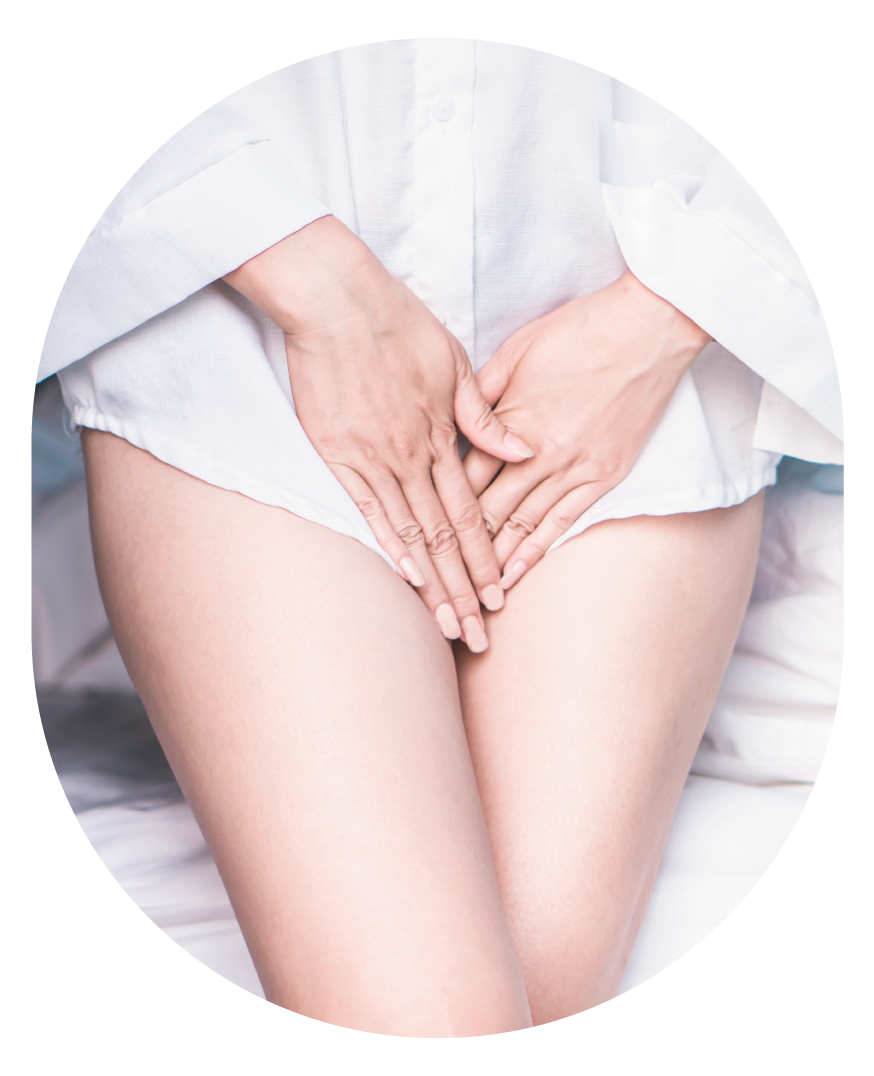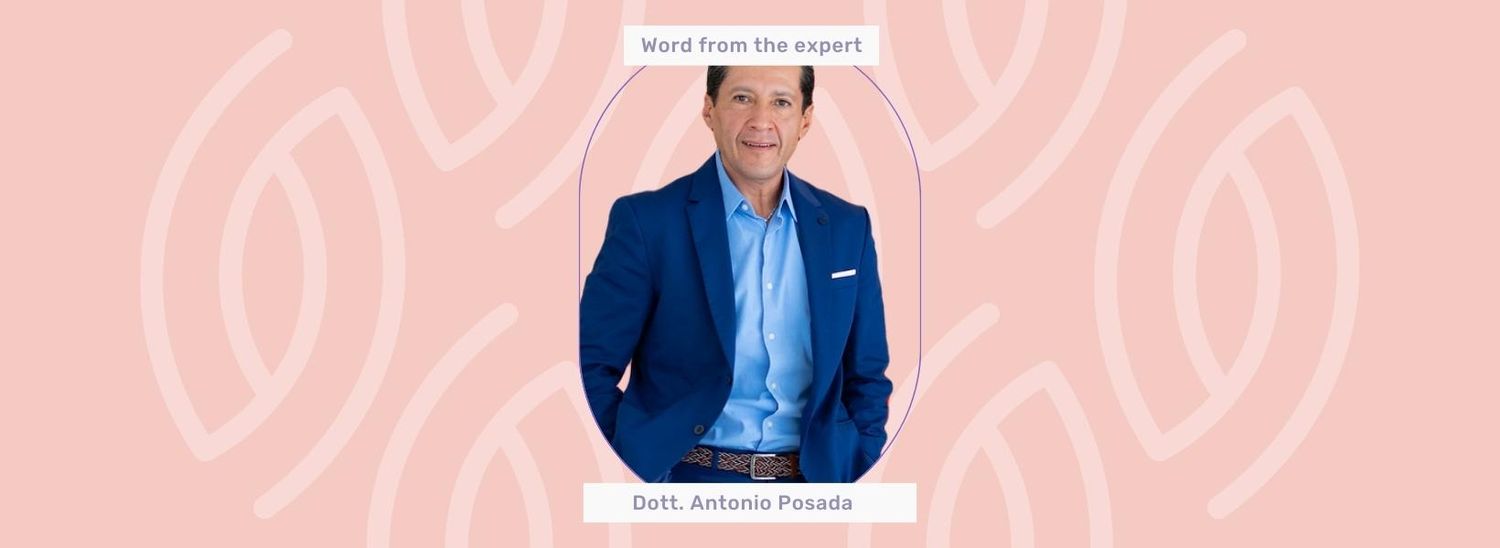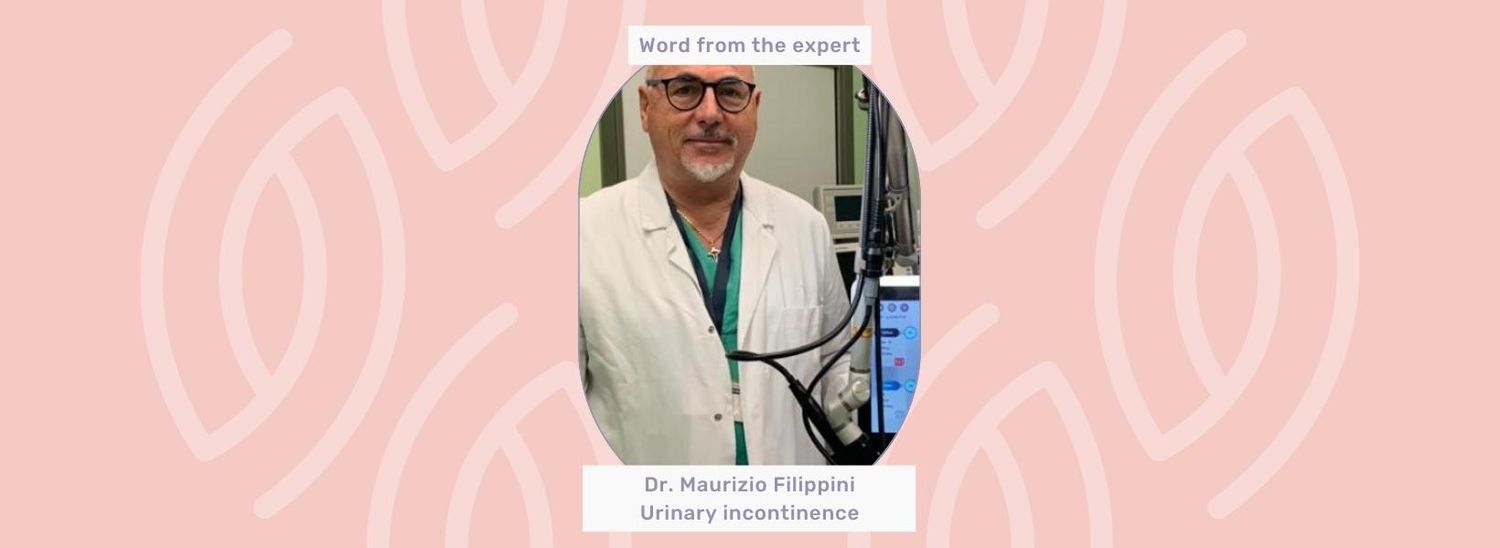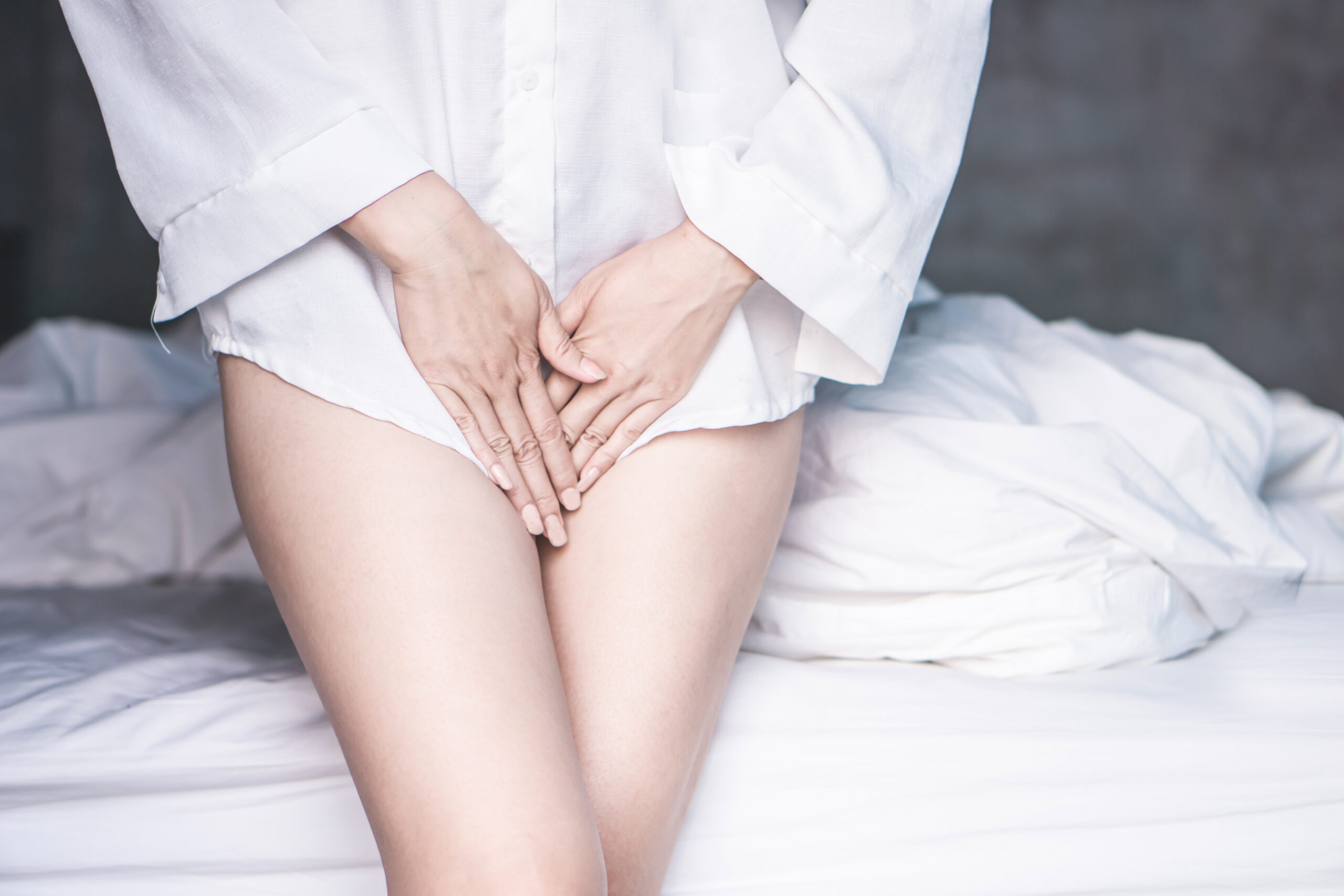Urinary incontinence
It is among the most common female problems in women over 35 and seriously impairs their quality of life.
Urinary incontinence


It can be of various types and levels: from exertion (involuntary loss of urine that occurs e.g. by laughing, coughing, lifting weights), from urgency (strong urge to urinate accompanied by an inability to wait to get to the toilet), mixed (presenting incontinence from exertion and urge together) or from other problems involving the neurological aspect (appears when the bladder is so full that the internal pressure is greater than that of the urethra).
The common symptom of all forms of incontinence is the loss of control over the need to urinate. This can occur either with small losses of urine or with copious leakage.
The most important symptoms, however, are the psychological suffering of the person due to the disorder, which seriously impairs the quality of life and challenges the emotional, relational and social aspects of the individual..
The causes of incontinence in women can be many: for example, physical changes resulting from pregnancy, childbirth and menopause or the removal of the uterus (hysterectomy) can cause the dysfunction.
Did you know that
!
Female urinary incontinence is considered a widespread problem in the world population.
+
Stress incontinence is the most common type of incontinence.
!
Female urinary incontinence is considered a widespread problem in the world population.
+
Stress incontinence is the most common type of incontinence.
HOW IT IS RESOLVED
Treatment for urinary incontinence depends on the type of incontinence, the severity of the problem, the underlying cause and which measures best fit the patient’s lifestyle.
The most widespread and conservative treatment approach is rehabilitation of the pelvic floor, a set of muscles and ligaments that close off the lower part of the abdominal cavity, whose function is to keep the pelvic organs (bladder, urethra, uterus, vagina and rectum) in the correct position.
Recently referred to by some as “The muscle of happiness” and as “The most unknown muscle”, the pelvic floor is one of the main pillars for the health and well-being of every woman. Medicine itself, by the way, has only in recent years achieved a greater knowledge and understanding of its centrality, role and complex significance.
Today, thanks to TOP FMS technology, pelvic floor rehabilitation treatment can be performed non-invasively and, above all, effectively. TOP FMS is an electromagnetic field technology that acts directly on the muscle tissue by inducing intense contractions (which cannot be achieved voluntarily), thus strengthening the muscle and significantly reducing incontinence symptoms – both in hypotonic (stress incontinence) and urge incontinence (hypertonus) situations.
TOP FMS technology also works effectively on chronic pelvic pain.
The female genital apparatus, as we have seen, often involves changes that affect several organs and functions simultaneously.
In the case of vulvo-vaginal atrophy and mild urinary incontinence, it has recently been shown that urinary disorders also improve significantly following treatment with CO2 laser (Monalisa Touch™), especially in post-menopausal women: the laser acts on the atrophic tissue of the mucosa and urethra.
In the most severe cases of urinary incontinence, rehabilitation with electromagnetic fields, acting in a targeted and broader manner on the muscle tissue, enables even more consistent results to be achieved than with CO2 laser therapy.
Today, in addition to the MonaLisa Touch™ treatment, Monalisa Glide™ is also available: a laser treatment with a dual wavelength (CO2 + 1540nm), characterised by a greater depth of action and a greater thermal effect that acts at the level of the connective tissue around the urethra.
The increased therapeutic efficacy of this treatment is proven by scientific studies that show a significant improvement not only on vulvo-vaginal atrophy, but also on incontinence treatment, especially in younger women.





